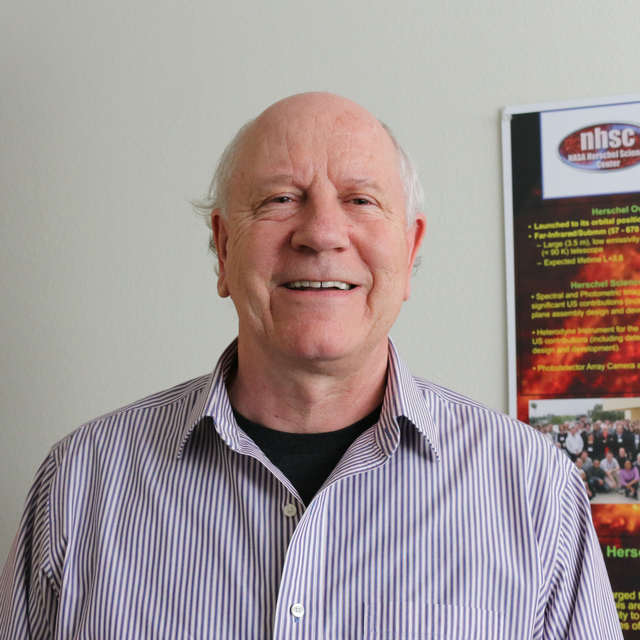January
2022
•
2022ApJ...925...63G
Authors
•
Guillard, P.
•
Appleton, P. N.
•
Boulanger, F.
•
Shull, J. M.
•
Lehnert, M. D.
•
Pineau des Forets, G.
•
Falgarone, E.
•
Cluver, M. E.
•
Xu, C. K.
•
Gallagher, S. C.
•
Duc, P. A.
Abstract
•
We present Hubble Space Telescope Cosmic Origin Spectrograph (COS) UV line spectroscopy and integral-field unit (IFU) observations of the intragroup medium in Stephan's Quintet (SQ). SQ hosts a 30 kpc long shocked ridge triggered by a galaxy collision at a relative velocity of 1000 km s-1, where large amounts of molecular gas coexist with a hot, X-ray-emitting, plasma. COS spectroscopy at five positions sampling the diverse environments of the SQ intragroup medium reveals very broad (≈2000 km s-1) Lyα line emission with complex line shapes. The Lyα line profiles are similar to or much broader than those of Hβ, [C II]157.7 μm, and CO (1-0) emission. The extreme breadth of the Lyα emission, compared with Hβ, implies resonance scattering within the observed structure. Scattering indicates that the neutral gas of the intragroup medium is clumpy, with a significant surface covering factor. We observe significant variations in the Lyα/Hβ flux ratio between positions and velocity components. From the mean line ratio averaged over positions and velocities, we estimate the effective escape fraction of Lyα photons to be ≈10%-30%. Remarkably, over more than four orders of magnitude in temperature, the powers radiated by X-rays, Lyα, H2, and [C II] are comparable within a factor of a few, assuming that the ratio of the Lyα to H2 fluxes over the whole shocked intragroup medium stay in line with those observed at those five positions. Both shocks and mixing layers could contribute to the energy dissipation associated with a turbulent energy cascade. Our results may be relevant for the cooling of gas at high redshifts, where the metal content is lower than in this local system, and a high amplitude of turbulence is more common.
Links




